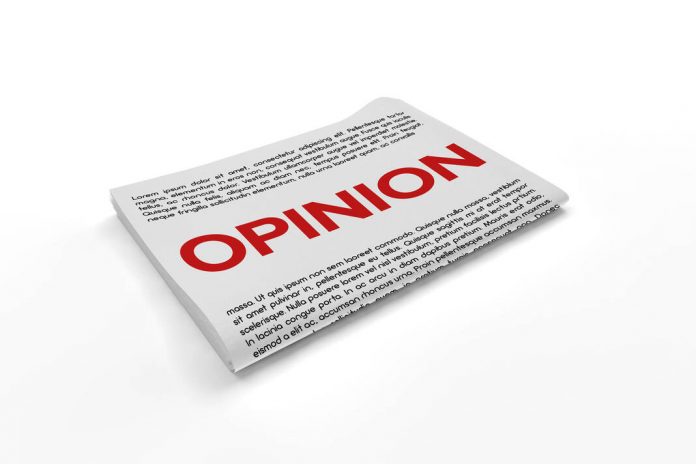(Anderson) Herald Bulletin
Three national organizations recently released a report on the challenges governments should be aware of as individuals begin to lose Medicaid eligibility during the pandemic.
The Center for Popular Democracy, WayNew York and the Center for Human Action conducted a survey of nearly 3,000 Medicaid recipients nationwide. The Indiana Capital Chronicle published a story on the findings last month.
The report quotes Bloomington mental health provider Heather Maritano as saying that dealing with Medicaid is “like playing insurance cat and mouse.”
“So if you take traditional Medicaid, your copay rate will be about half to a third of what it would have been.” she said.
In addition, the systems are difficult to navigate and medical professionals are either hiring more staff or spending more time and energy on paperwork, she said.
Anna Lisa Gross, pastor of a Fort Wayne church, recalled a series of surgeries in 2020. After applying for financial aid to IU Health, she received a letter saying her medical debt would be canceled.
“I was so happy I cried,” she told the report’s authors. “I could breathe and focus on the important things.”
Her happiness was short-lived.
“Shortly after that, I received a letter from the debt collection agency Harris & Harris,” she said. I was told I owe IU Health from Anthem nearly $5,000 for these first three surgeries. Double what I know.”
The Indiana Family and Social Services Administration reports that one in three Hoosiers rely on Medicaid. Those numbers swelled during the outbreak because of a federal mandate to protect patients’ insurance. For an enhanced federal match, Indiana and other states have agreed not to allow coverage for anyone, regardless of their financial situation.
That law expired in April, meaning states can begin removing people from their rolls. About 53,000 Hoosiers lost coverage as of May 1, and advocacy group Hoosier Action projects the number could eventually climb to 600,000. Most of those who were about to lose coverage are still eligible, but must re-enroll to remain part of the program, and many are unaware of that requirement.
The report concludes with several recommendations, including asking the federal government to increase reimbursement rates for Medicaid providers in states like Indiana. It’s an issue the state is addressing.
Last session, lawmakers created an ad hoc study committee to compare Indiana’s Medicaid payment rates to other states. As a result, some providers will see their fees increase in the coming months.
Indiana leaders should be commended for their efforts to help Hoosiers get the care they need, but much remains to be done, including better access and cutting red tape. Reports like this point the way.

